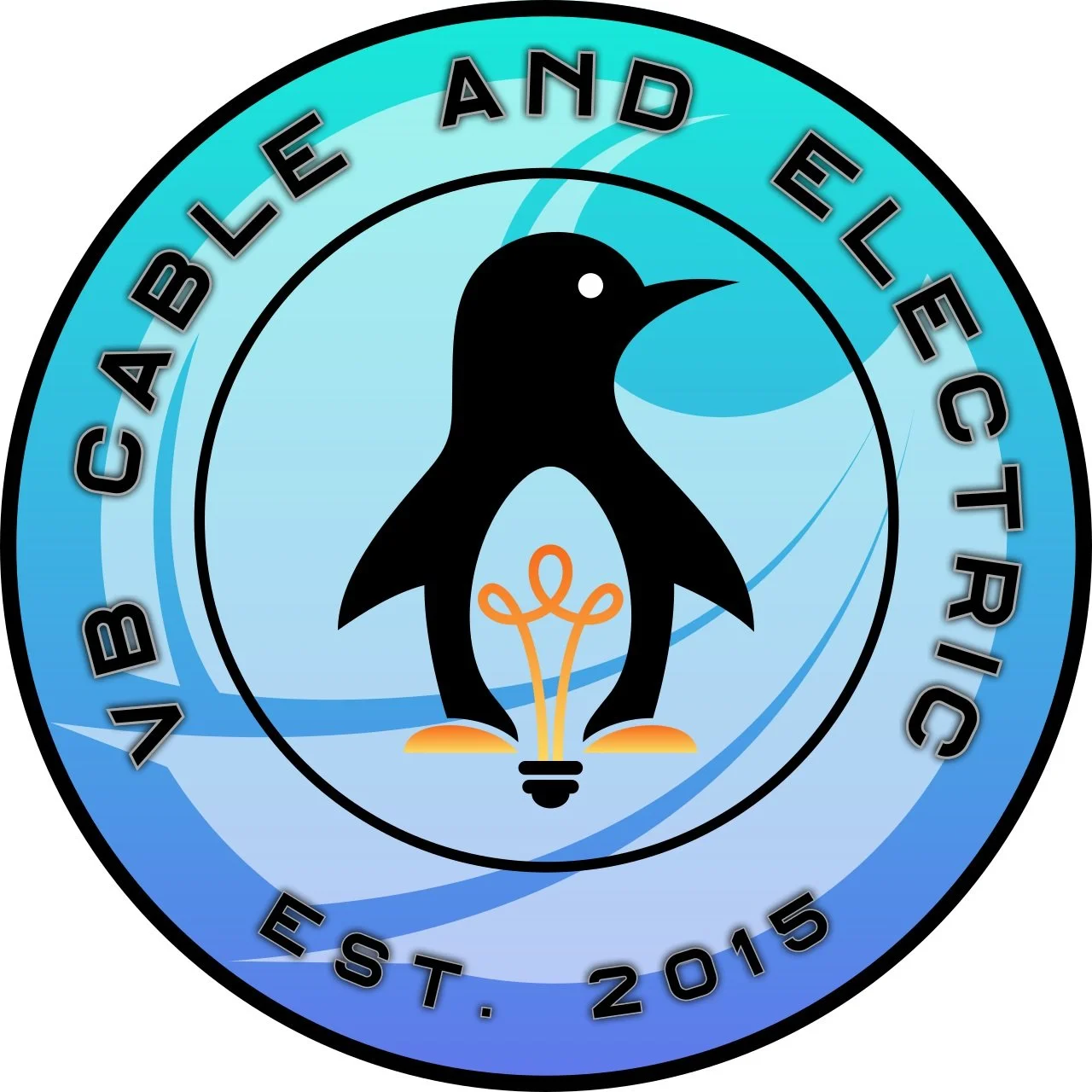What You Should Know About Backup Generators for Your Home
A backup generator can be a lifesaver during power outages, keeping your home running smoothly when the grid goes down. Whether caused by storms, blackouts, or unexpected electrical failures, losing power can disrupt daily life and pose safety risks. Here’s everything you need to know about choosing and installing a backup generator for your home.
1. Why You Need a Backup Generator
Power outages can happen at any time and last for hours or even days. A backup generator provides:
Continuous Power Supply – Keeps essential appliances and systems running.
Home Safety & Security – Prevents food spoilage, heating/cooling loss, and security system failures.
Convenience & Comfort – Eliminates disruptions to work, entertainment, and daily activities.
2. Types of Backup Generators
There are different types of generators available, each with its own benefits.
Portable Generators
Cost-effective and easy to move
Requires manual startup and fuel refilling
Best for short-term outages and essential devices
Standby Generators
Automatically turns on during an outage
Runs on natural gas or propane
Powers your entire home or selected circuits
Ideal for long-term reliability
3. Choosing the Right Size Generator
The size of your generator depends on the power needs of your home.
Generator Capacity Guide:
5,000-7,500 Watts – Powers essential appliances like refrigerators, sump pumps, and lights.
10,000-15,000 Watts – Can run multiple rooms, HVAC systems, and home offices.
Whole-House Generator (20,000+ Watts) – Powers an entire home, including major appliances and heating/cooling systems.
4. Installation Considerations
Proper installation ensures your generator operates safely and efficiently.
Fuel Source: Choose between natural gas, propane, or diesel.
Location: Place the generator in a well-ventilated outdoor area, away from windows and doors.
Transfer Switch: A transfer switch safely connects the generator to your home’s electrical panel.
Professional Installation: Hiring a licensed electrician ensures compliance with local codes and safe operation.
5. Maintenance and Safety Tips
Regular maintenance is essential to keep your generator in top working condition.
Maintenance Checklist:
Test the generator monthly
Change the oil and filters as recommended
Keep the fuel tank full and fresh (for portable generators)
Inspect for leaks, corrosion, and damage
Keep Your Home Powered with VB Cable and Electric!
A backup generator ensures peace of mind during unexpected outages. At VB Cable and Electric, we provide expert generator installation, wiring, and maintenance services to keep your home prepared for any power loss. Contact us today for a consultation!
